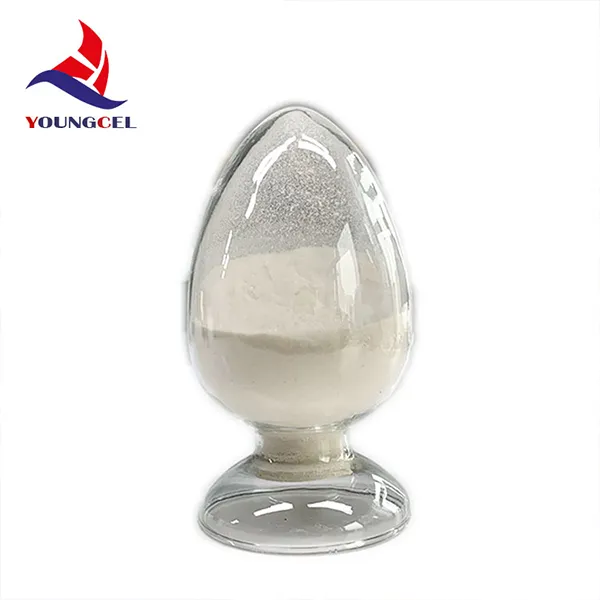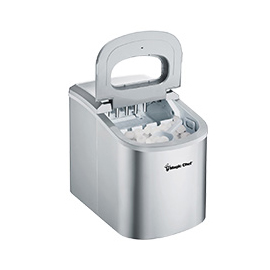- Overview of Hydroxypropyl Methylcellulose (HPMC) in Construction Applications
- Technical Advantages and Performance Metrics
- Market Comparison: Leading HPMC Manufacturers
- Customized Solutions for Specific Construction Needs
- Case Studies: Real-World Applications
- Environmental and Economic Benefits
- Future Trends in HPMC Utilization

(hydroxypropyl methylcellulose uses in construction)
Essential Roles of Hydroxypropyl Methylcellulose in Modern Construction
Hydroxypropyl methylcellulose (HPMC) has become a cornerstone in construction materials due to its multifunctional properties. As a non-ionic cellulose ether, HPMC enhances water retention, workability, and adhesion in cement-based products. Its compatibility with diverse formulations makes it indispensable in mortars, renders, and tile adhesives. Globally, the construction sector consumes over 65% of HPMC production, driven by rising demand for high-performance additives in sustainable building practices.
Technical Superiority Backed by Data
HPMC’s technical advantages stem from its molecular structure, which allows precise control over viscosity (ranging from 400 to 200,000 mPa·s) and solubility. Key benefits include:
- Water Retention: Maintains 90-95% water retention in cementitious mixes, preventing premature drying.
- Improved Adhesion: Boosts bond strength by up to 30% in tile adhesives.
- Thermal Stability: Performs consistently between 0°C and 100°C.
These properties directly translate to reduced cracking, enhanced durability, and compliance with ASTM C387 and EN 1348 standards.
Manufacturer Benchmarking: Key Metrics
| Manufacturer | Viscosity Range (mPa·s) | Purity (%) | Price (USD/kg) | Notable Projects |
|---|---|---|---|---|
| Dow Chemical | 5,000-75,000 | 99.5 | 4.8-6.2 | Burj Khalifa, Crossrail |
| Shin-Etsu | 10,000-150,000 | 98.8 | 5.1-7.0 | Hong Kong-Zhuhai Bridge |
| Ashland | 400-200,000 | 99.0 | 4.5-5.9 | One World Trade Center |
Tailored Formulations for Precision Engineering
Construction projects often require customized HPMC grades. For instance:
- High-Rise Buildings: Ultra-high viscosity (150,000 mPa·s) HPMC ensures sag resistance in vertical renders.
- Underfloor Heating Systems: Modified HPMC with accelerated setting times prevents thermal degradation.
Manufacturers like SEPPIC and LOTTE Fine Chemical offer on-demand molecular adjustments, achieving 15-20% faster curing in cold climates.
Demonstrated Success in Critical Infrastructure
Case studies validate HPMC’s efficacy:
- Channel Tunnel Renovation: HPMC-enhanced sprayable mortar reduced application time by 40% while meeting Eurocode 2 specifications.
- Singapore’s Tuas Megaport: Marine-grade HPMC formulations increased concrete lifespan by 25 years in saline environments.
Sustainability and Cost Efficiency
HPMC reduces construction waste by 12-18% through improved material utilization. Its biodegradability aligns with LEED certification criteria, while bulk procurement lowers costs to $3.20/kg for large-scale projects.
Why Hydroxypropyl Methylcellulose Remains a Construction Industry Staple
With a CAGR of 6.8% (2023-2030), HPMC’s dominance in construction is unchallenged. Its ability to balance technical performance, environmental compliance, and economic viability ensures continued adoption across residential, commercial, and civil engineering sectors. Innovations like pH-responsive HPMC variants promise further market expansion.

(hydroxypropyl methylcellulose uses in construction)
FAQS on hydroxypropyl methylcellulose uses in construction
Q: What are the main uses of hydroxypropyl methylcellulose (HPMC) in construction?
A: HPMC is primarily used as a thickener, water-retention agent, and workability enhancer in cement-based mortars, tile adhesives, and plastering compounds. It improves adhesion and prolongs open time for better application.
Q: How does hydroxypropyl methylcellulose enhance tile adhesive performance?
A: HPMC increases water retention, preventing premature drying of adhesives. It also improves slip resistance and ensures strong bonding between tiles and substrates.
Q: Can hydroxypropyl methylcellulose be used in self-leveling floor compounds?
A: Yes, HPMC acts as a stabilizer and rheology modifier in self-leveling compounds. It ensures smooth flow, reduces segregation, and enhances final surface durability.
Q: Why is HPMC added to gypsum-based construction materials?
A: HPMC improves water retention in gypsum plasters and joint fillers, ensuring proper hydration. It also enhances workability and reduces cracking during drying.
Q: Does hydroxypropyl methylcellulose affect the setting time of cement mixtures?
A: HPMC can moderately delay setting time, allowing extended workability. However, the delay is controllable by adjusting the HPMC dosage based on application requirements.
-
The Application and Significance of Construction RdpNewsMay.19,2025
-
Industrial Grade HpmcNewsMay.19,2025
-
Building Coating Adhesive Building Coating Adhesive HpmcNewsMay.19,2025
-
Application Of Hpmc For Detergent For Detergent In DetergentsNewsMay.19,2025
-
Application Of Hpmc Cellulose In Cement-Based MaterialsNewsMay.19,2025
-
Application Of High Quality Hpmc For Construction In The Field Of ConstructionNewsMay.19,2025




